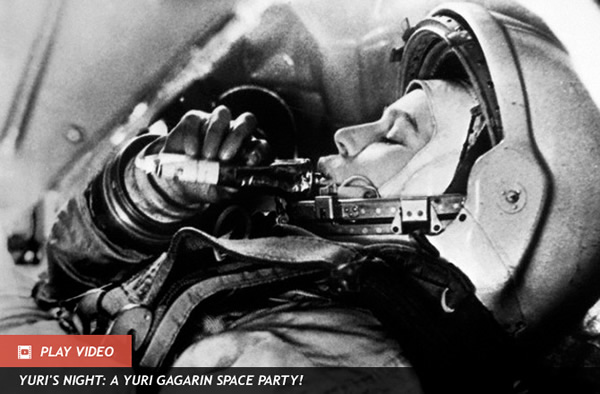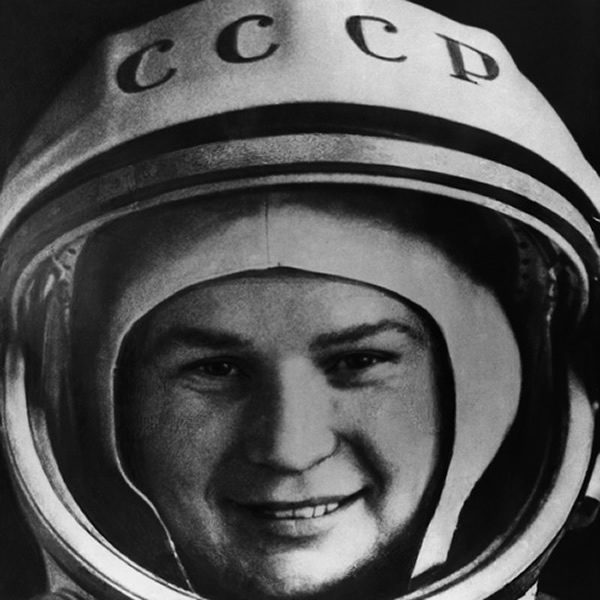Valentina Tereshkova: First Woman in Space
Valentina Tereshkova: First Woman in Space
On the afternoon of Sunday, June 16, 1963, Valeriy Bykovsky was in Earth orbit. He’d been up a little under a day, safely inside his Vostok 5 capsule, when he gained a companion: Valentina Tereshkova in Vostok 6. The two cosmonauts’ joint mission was similar to the joint Vostok 3/4 mission that had flown the previous August, but this mission had a twist. Tereshkova was the first woman in space. On Sunday, she’ll be celebrating the 50 year anniversary of this historic feat.
Towards the end of 1961, Sergei Korolev, the Soviet space program’s Chief Designer and mastermind behind the nation’s earliest space triumphs, was looking for a new first in space. Having already launched Yuri Gagarin and Gherman Titov into orbit, he needed something new to maintain the Soviets’ lead over America in space. One idea he had was to launch a woman. A female cosmonaut would send the message that the Soviet Union valued its citizens equally and give little girls throughout the nation the belief that they, too, could go into space some day.
The Central Committee of the Communist Party Korolev’s idea, and on February 16, 1962, five experienced parachutists became the first all female cosmonaut training group.
Among them was Valentina Tereshkova, a textile factory worker and avid skydiver. But more importantly, she was an outspoken supporter of the communist party who had worked throughout her life – she began helping her widowed mother support their family at the age of 10 – within the Communist system to achieve great things. She was, like Yuri Gagarin before her, the picture of success in the Soviet Union.
Tereshkova spent three days in space aboard Vostok 6, strapped to her ejection seat inside the seven-and-a-half foot wide pressurized cabin. She was wearing an SK-2 space suit similar to the SK-1 suit Gagarin wore on his mission. It was, for a spacesuit, a comfortable design, designed to be pressurized only in an emergency situation where the cabin pressure was lost.
The joint mission between Vostoks 5 and 6 was similar to that between Vostoks 3 and 4. Neither spacecraft could change its orbit or properly maneuver in space, but they were launched such that they came within 3 miles of one another in orbit. Tereshkova swears that she could actually see Bykovsky in Vostok 5 during their brief close pass; as the mission wore on the spacecraft drifted further apart in their orbits. The bulk of their remaining time in space saw Tereshkova and Bykovsky run a series of biomedical experiments while learning to live and work in microgravity.
Tereshkova’s mission ended after 48 she’d completed orbits in a little under 70 hours. She used manual controls to hold Vostok steady while firing the rocket engine to slow her capsule and begin the fall back through the atmosphere. After re-entry, Tereshkova tapped into her parachutist past and ejected from the falling spacecraft to land by her own parachute on June 19.
While Tereshkova has been lauded since her flight as a trailblazer for women in space – and indeed, she’s been an advocate of both women’s rights and space exploration in her post-cosmonaut career – it’s worth remembering that her flight was based in politics. Then again, so was the decision to launch men into orbit.(Jun 14, 2013 06:46 PM ET // by Amy Shira Teitel)













